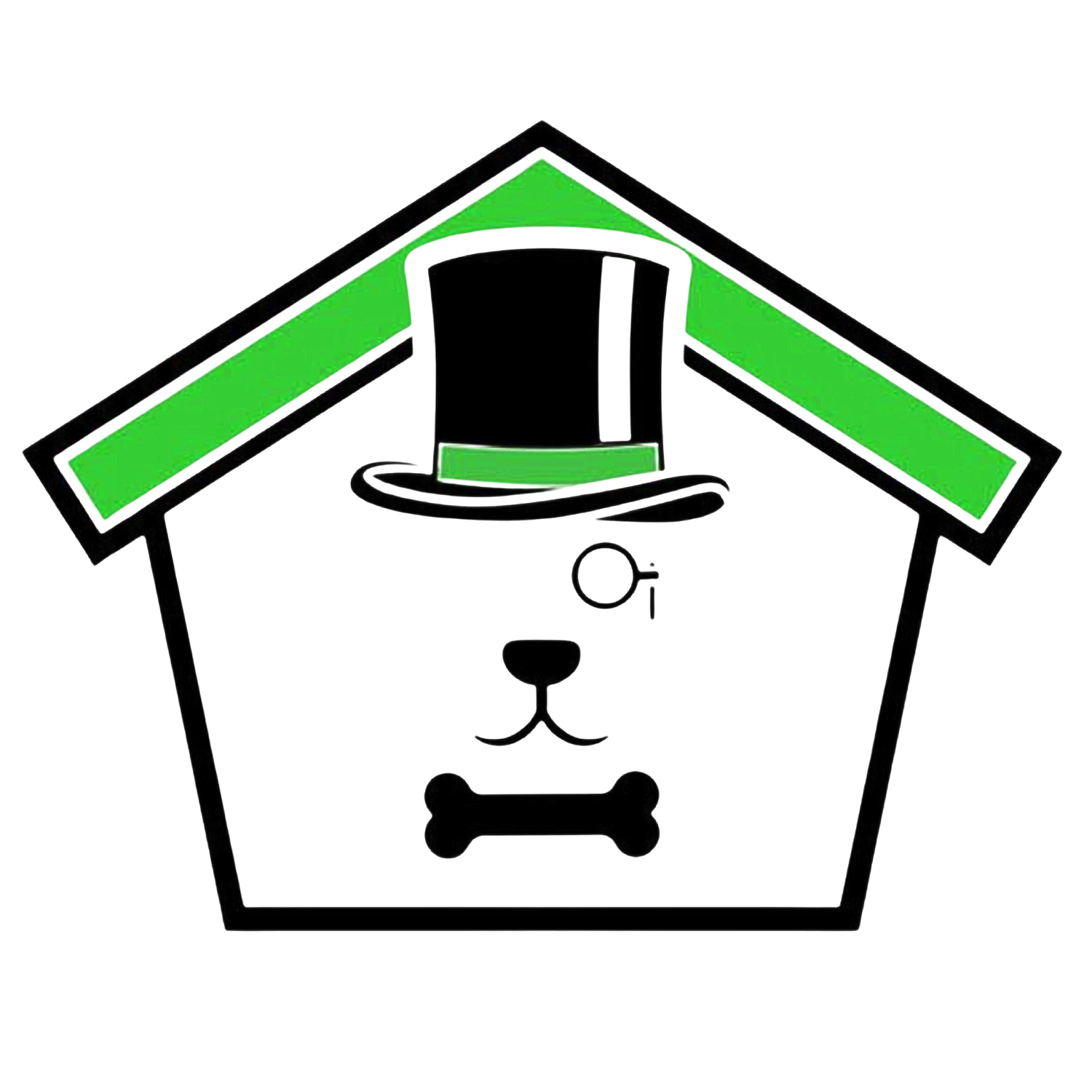The Importance of Breed Knowledge for Quality Dog Grooming
When it comes to grooming our furry companions, understanding their specific breeds can make a world of difference. A quality haircut isn’t just about aesthetics; it’s about honoring the unique characteristics, history, and grooming needs that each breed embodies. Here’s why knowing your dog’s breed can elevate the grooming experience and lead to healthier, happier pups.
Understanding the Breed’s Job
Every dog breed was developed for a purpose, whether it be herding, hunting, guarding, or companionship. These historical jobs influence not only the dog’s behavior but also their coat type and grooming needs. For example, herding breeds like the Australian Shepherd have thick, water-resistant coats designed to protect them while working outdoors. Groomers who understand this can tailor their techniques to maintain the coat’s integrity and functionality.
Conversely, toy breeds like the Maltese, originally bred for companionship, require different handling and grooming styles to ensure their delicate coats stay free of mats and tangles. A groomer familiar with these distinctions can provide more effective and breed-appropriate grooming, enhancing the dog’s natural beauty while keeping their coat healthy.
The History of the Breed
Each breed has a unique history that informs its grooming needs. Breeds like the Poodle, with their curly coats, were originally water retrievers. Understanding this background helps groomers appreciate the importance of maintaining the coat's structure for its intended function. A groomer aware of a breed's historical context can provide cuts that are not only stylish but also practical, preserving the breed’s traditional look while ensuring the coat remains functional and easy to manage.
For example, knowing that the Bichon Frise has a double coat designed for insulation can guide a groomer to use techniques that prevent matting while promoting airflow to the skin. Historical context also informs grooming styles; a Poodle in a show cut requires precision that reflects its elegant heritage, while a working dog might benefit from a more functional trim.
Genetic Factors in Skin and Coat Care
Genetics play a crucial role in a dog’s coat and skin health. Different breeds have unique coat types, such as single vs. double coats, curly vs. straight, or long vs. short, which all require specific care. For instance, breeds with double coats, like the Siberian Husky, need regular brushing to manage shedding and prevent mats. A groomer knowledgeable about these genetic traits can recommend appropriate tools and techniques for maintenance, helping to keep the dog’s skin and coat in optimal condition.
Understanding genetic predispositions can also help prevent skin issues. Some breeds, like Bulldogs, are prone to skin irritations due to their folds and wrinkles. A groomer familiar with these challenges can take extra precautions, ensuring that they clean and dry these areas effectively to prevent infections and discomfort.
Safe Handling Techniques
Knowing a dog’s breed also informs safe handling practices during grooming. Certain breeds may have specific behavioral traits—such as sensitivity to touch or tendencies to be anxious—that can influence how a groomer approaches them. For example, some terriers are known for their high energy and might require a more engaging approach to keep them calm during a grooming session.
A groomer well-versed in breed behavior can tailor their handling techniques to create a stress-free environment, enhancing the overall grooming experience for both the dog and the groomer. This understanding can also lead to safer grooming practices, reducing the risk of injury to both the dog and the groomer.
Conclusion
In conclusion, the knowledge of specific dog breeds is invaluable in achieving high-quality grooming. By understanding a breed's job, history, genetic factors, and behavioral traits, groomers can provide tailored services that enhance the dog’s coat and well-being. This not only results in a better haircut but also fosters a trusting relationship between the groomer and the dog. As pet owners, it’s essential to communicate with groomers about our dogs’ breeds and any specific needs they may have. When groomers and pet owners work together, we can ensure our furry friends look and feel their best!
